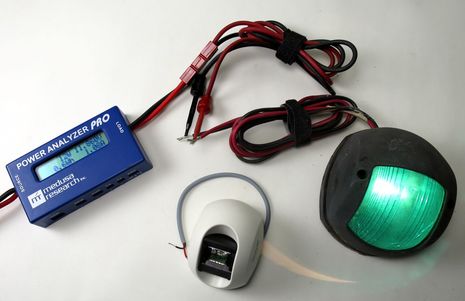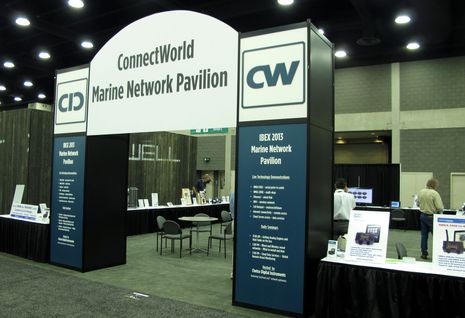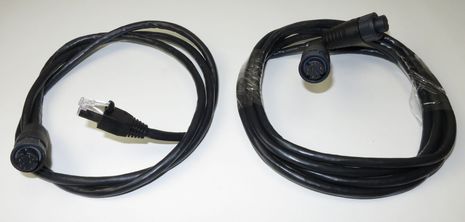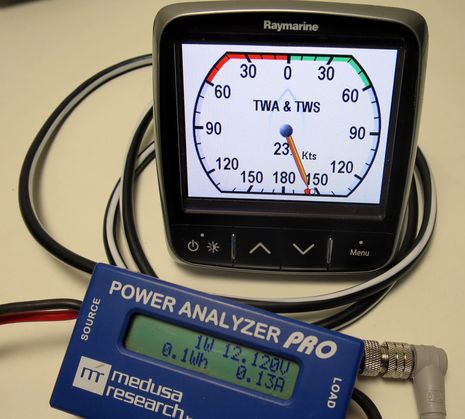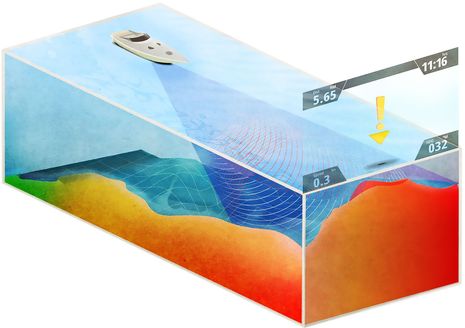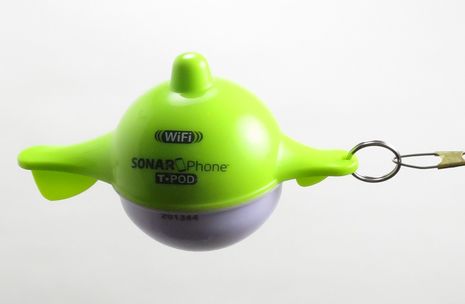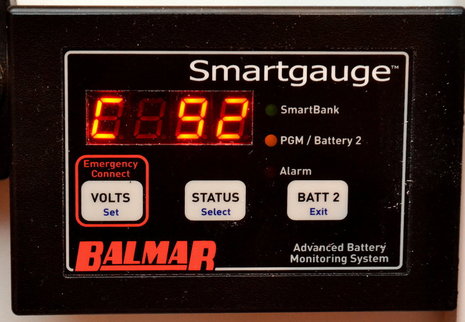 If you like sailing with some electronics running, or just anchoring without a generator, you’re probably very interested in the State of Charge (SoC) of your battery banks. Voltmeters, however, only hint at what’s going on, and true battery monitors require careful calibration and the installation of shunts, but still tend to go out of whack over time. Well, darned if the great RC Collins of Compass Marine didn’t go to extraordinary lengths to prove that the Smartgauge — a little known product that’s been around for almost a decade — can somehow accurately measure SoC without calibration and without a shunt, and yet still get even more accurate over time. Apparently when it shows your Charge at 92%, as above, your battery bank really is at 92% capacity…
If you like sailing with some electronics running, or just anchoring without a generator, you’re probably very interested in the State of Charge (SoC) of your battery banks. Voltmeters, however, only hint at what’s going on, and true battery monitors require careful calibration and the installation of shunts, but still tend to go out of whack over time. Well, darned if the great RC Collins of Compass Marine didn’t go to extraordinary lengths to prove that the Smartgauge — a little known product that’s been around for almost a decade — can somehow accurately measure SoC without calibration and without a shunt, and yet still get even more accurate over time. Apparently when it shows your Charge at 92%, as above, your battery bank really is at 92% capacity…




